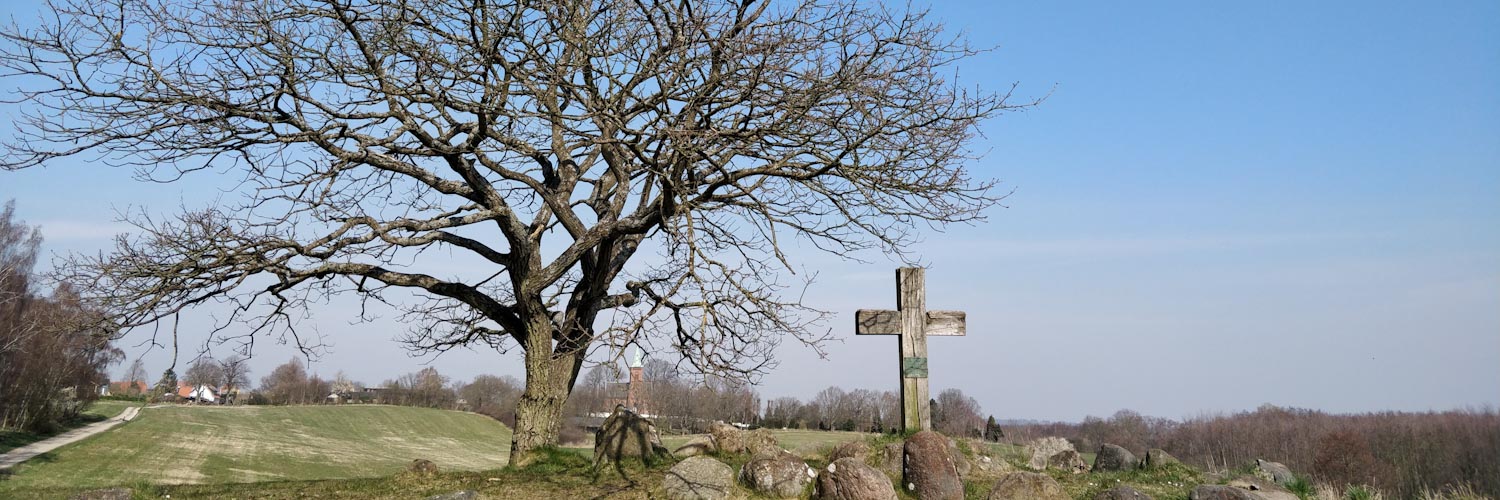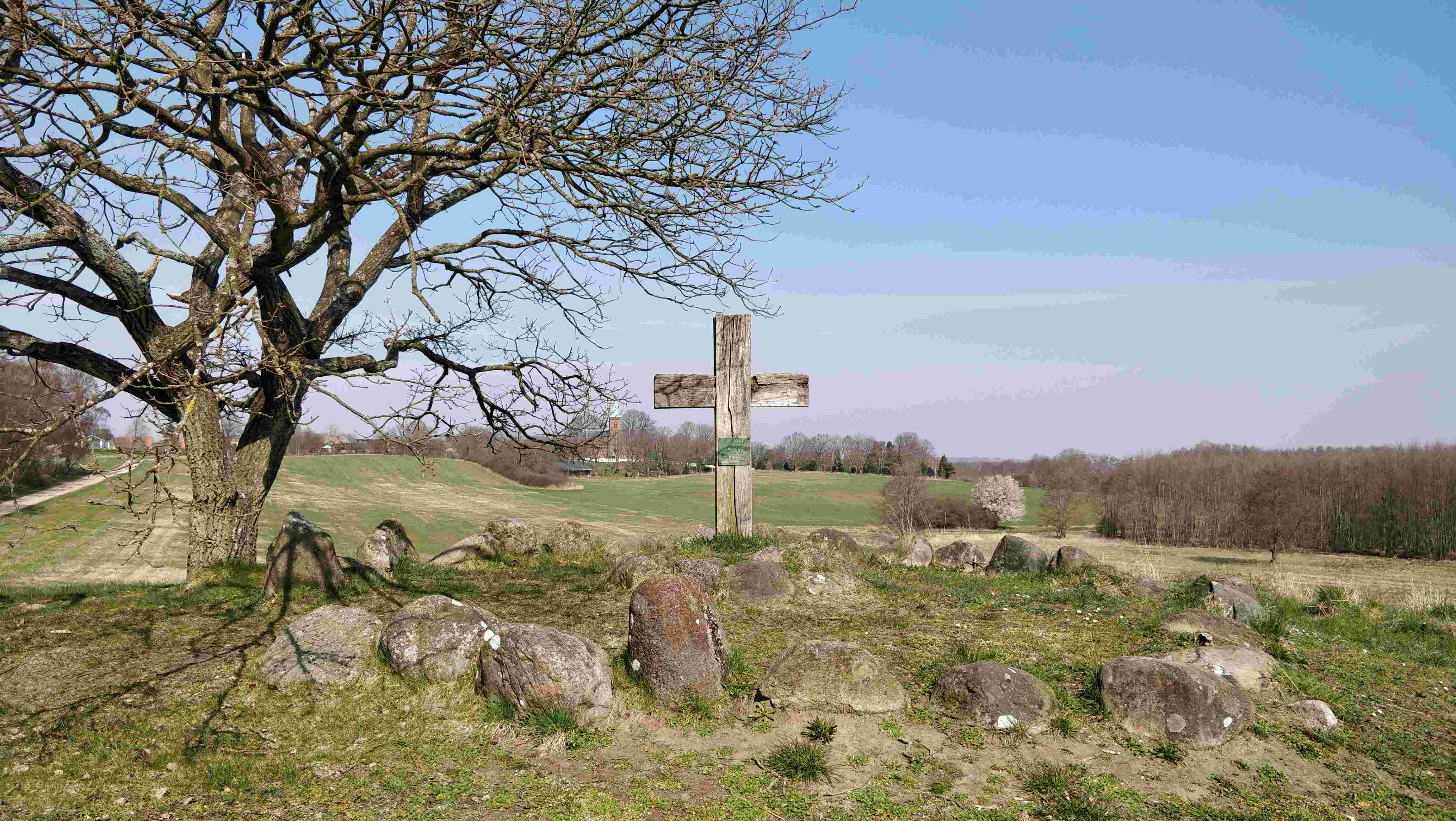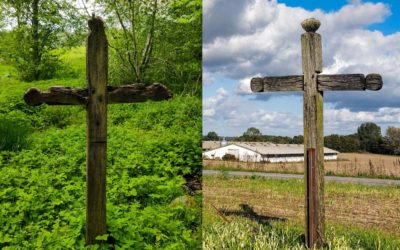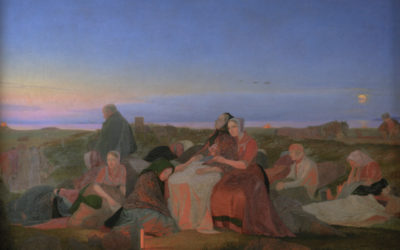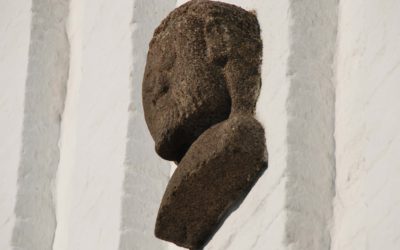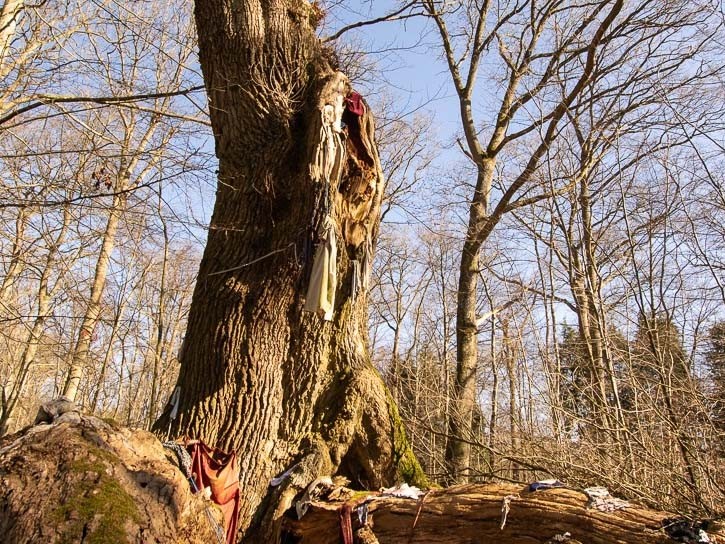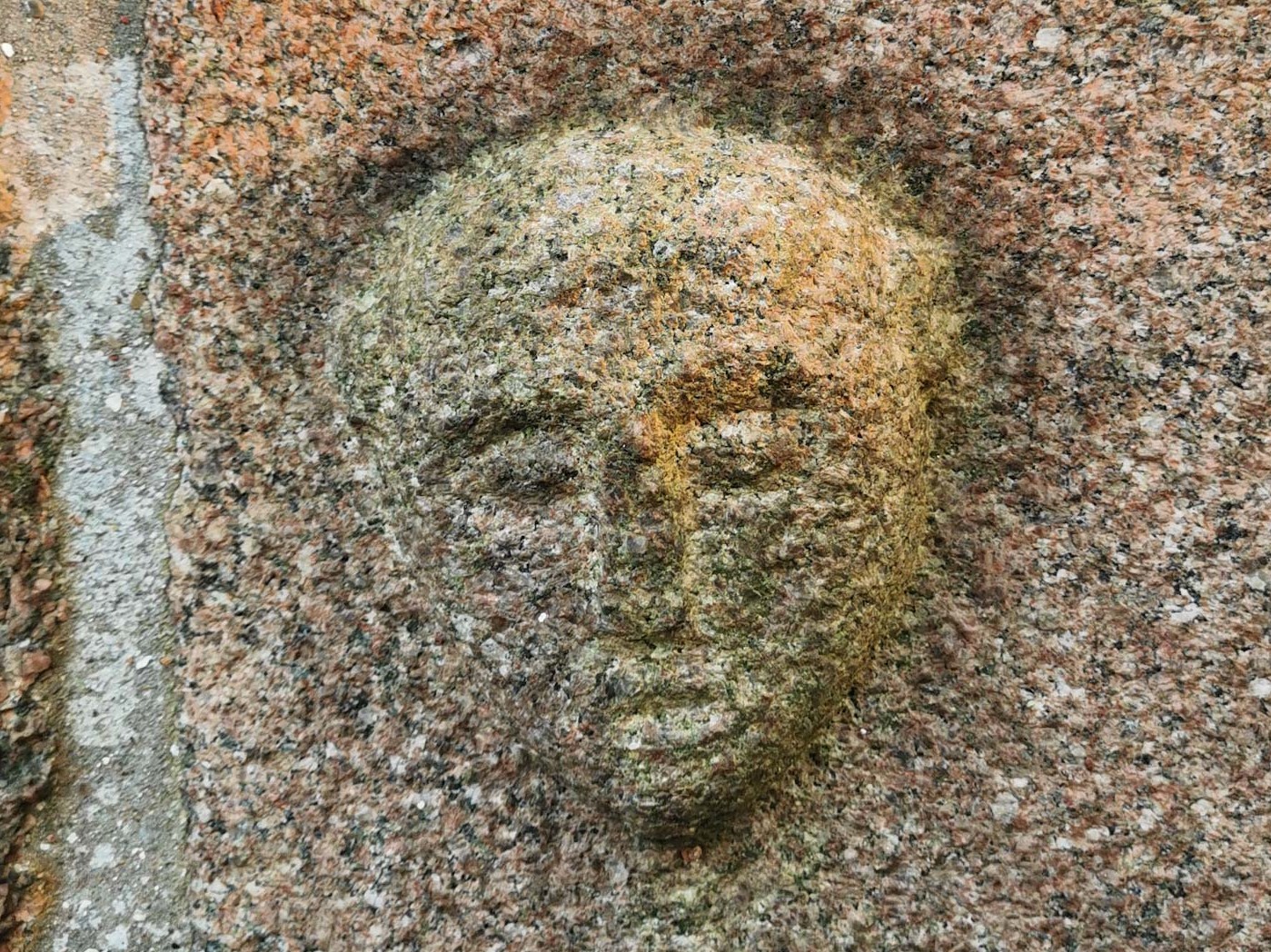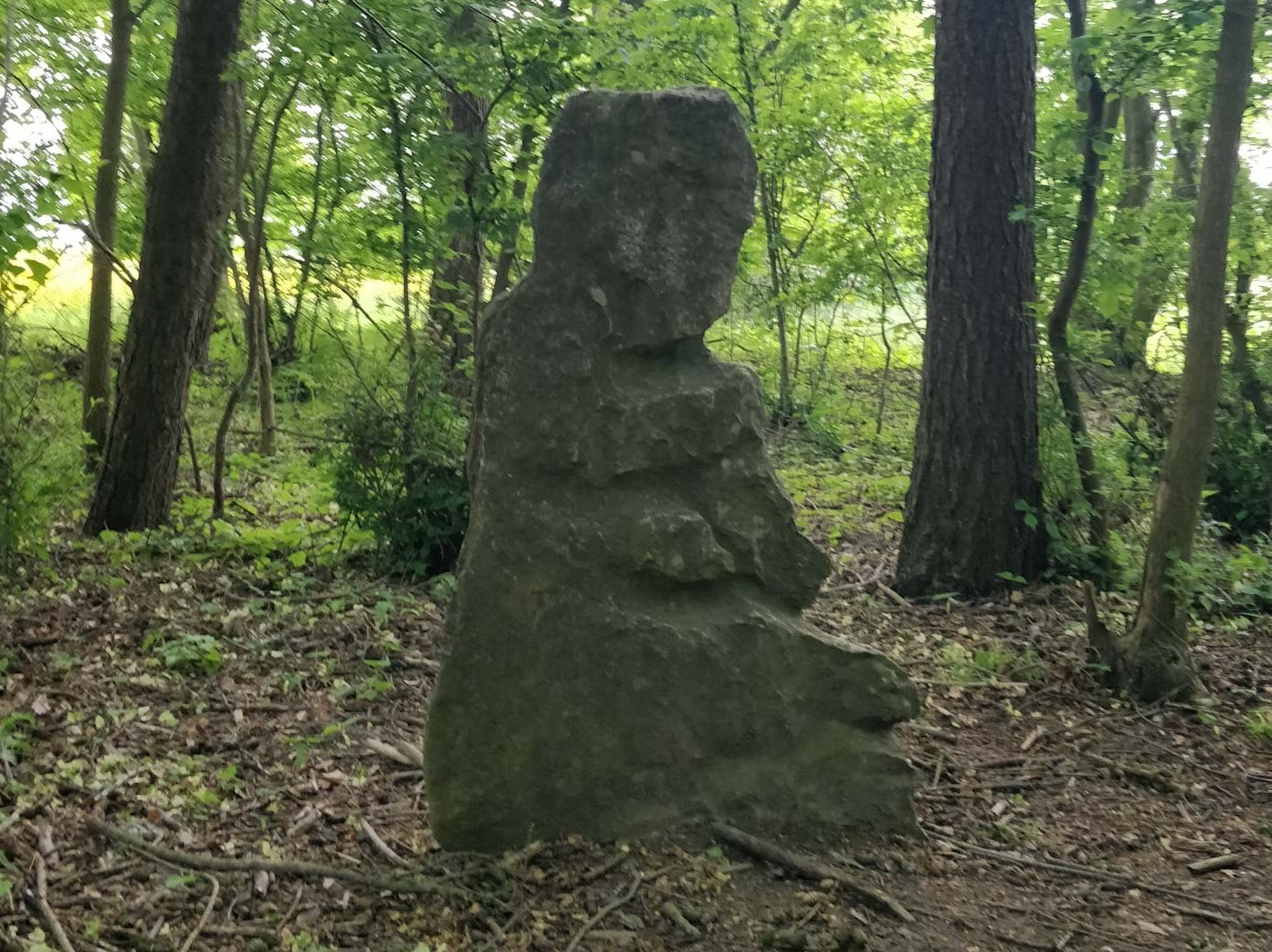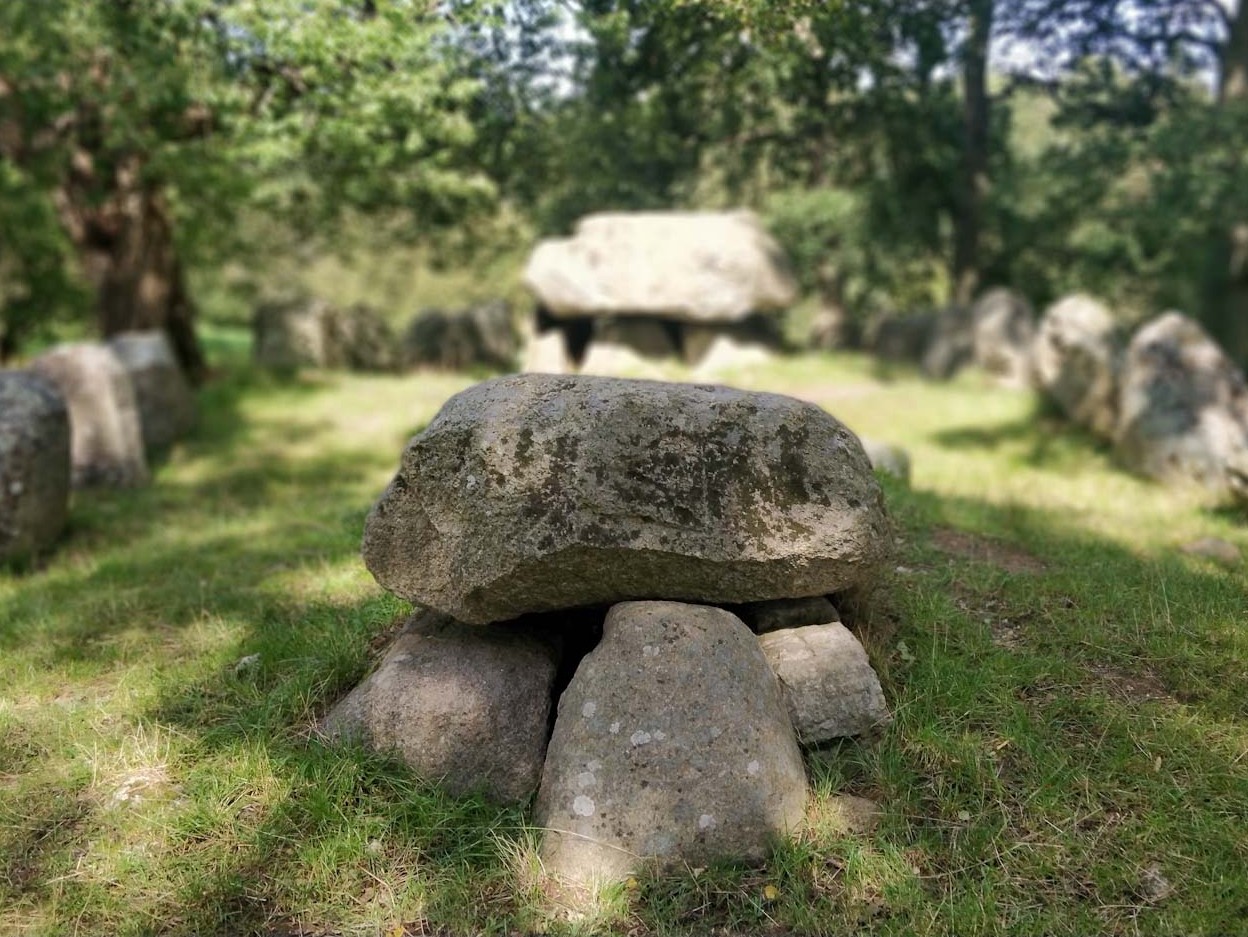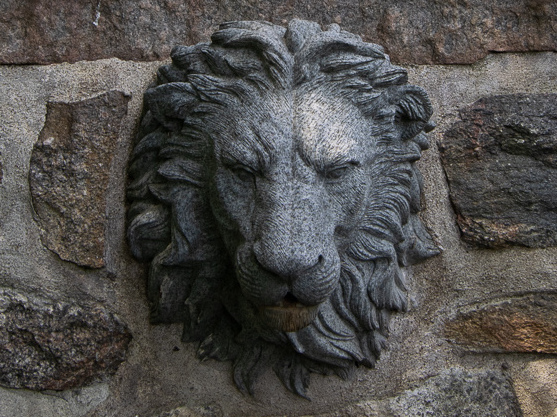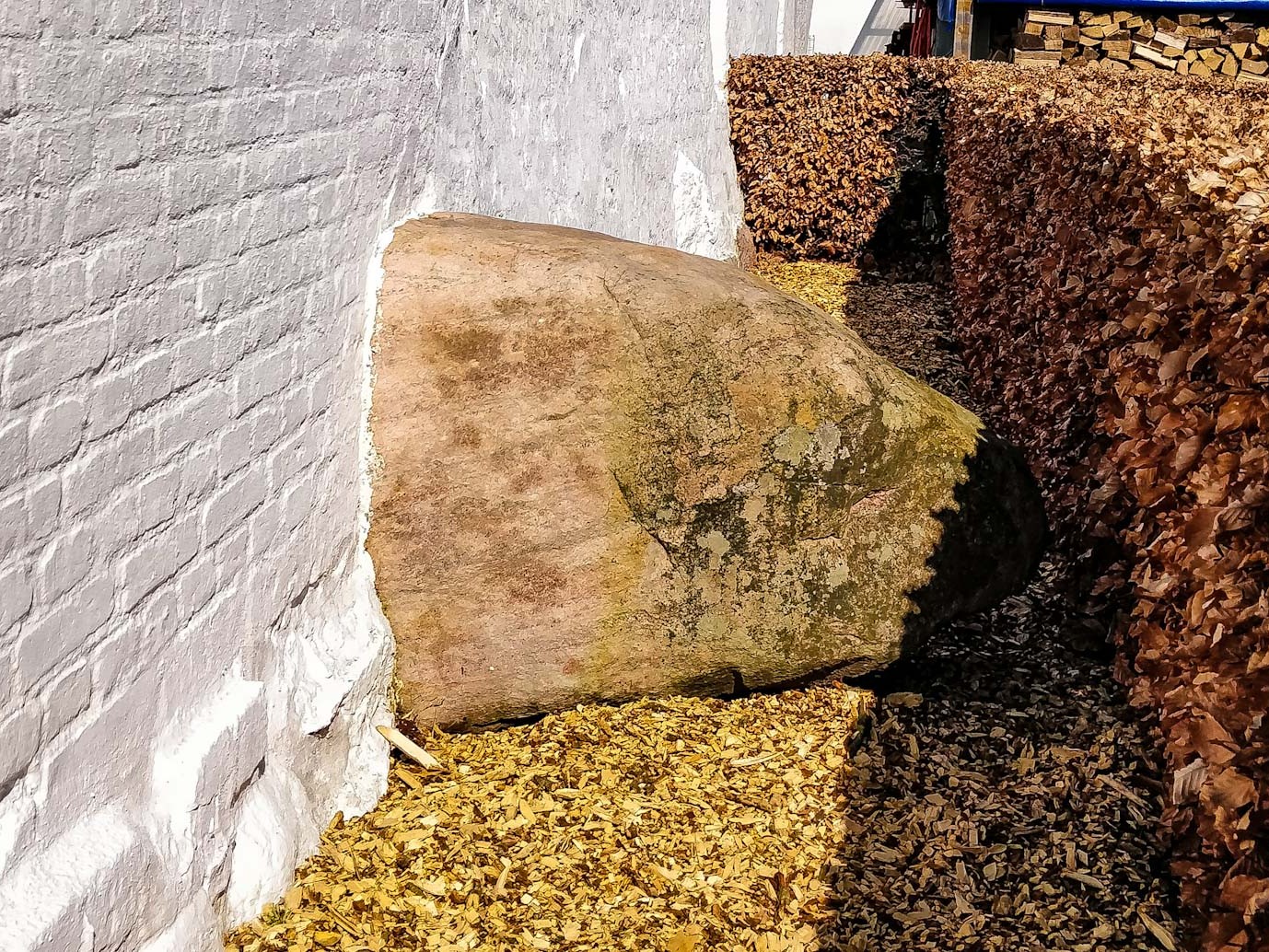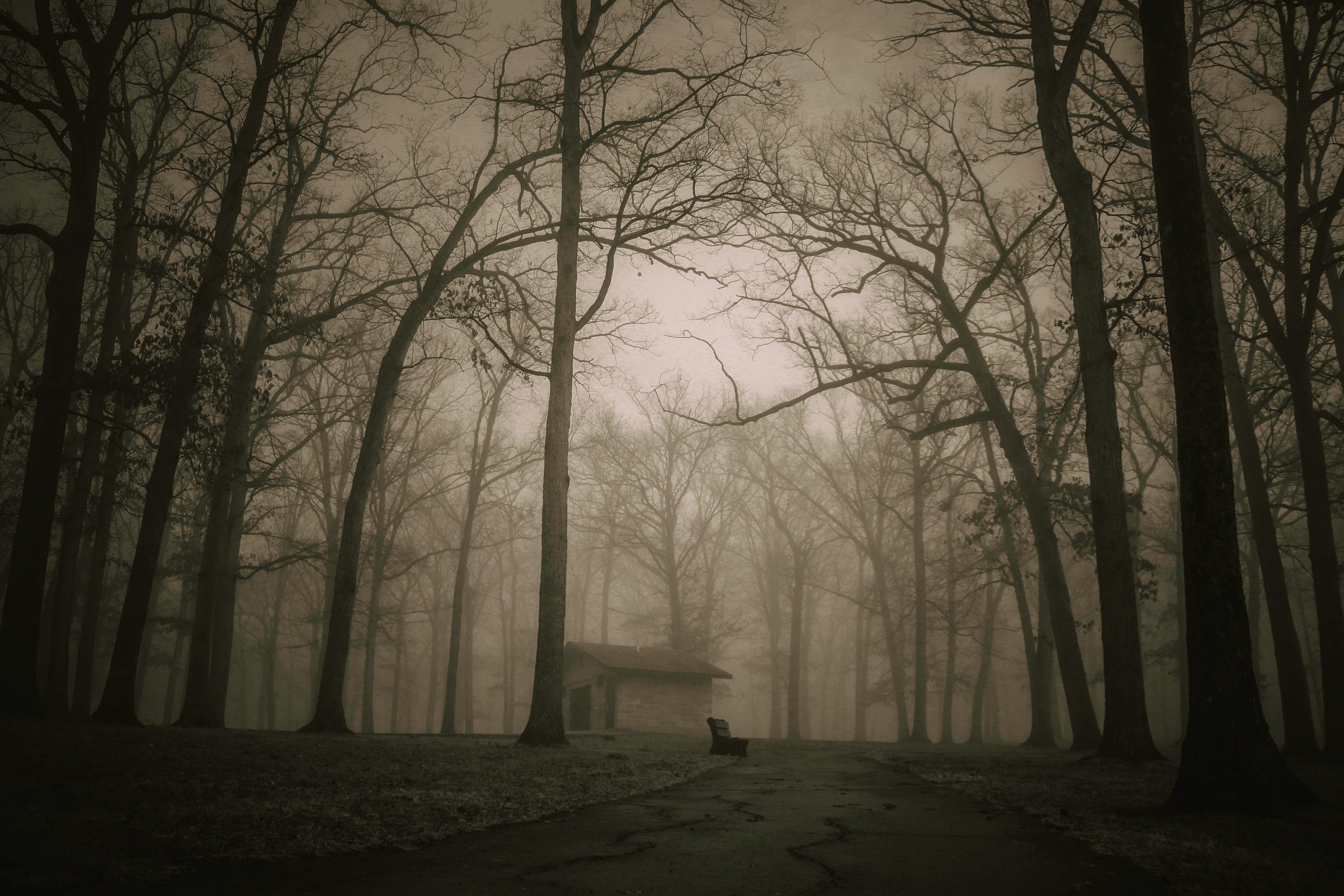Parking: Park at Arresødallejren (GPS 55.979171, 12.032762), head around the corner to the left along, go around Skovriderkroen for about 5 minutes
Good To Know:
Nearby Attractions:
Legends Behind The Cross
There are two different versions of the basic legend surrounding Priest Cross Hill, both very similar. They both speak of an unnamed priest from Vinderød Church, the first Lutheran priest in the area, who was a bit too zealous in his preaching about the new church’s dogma, without sensibility for the locals’ earlier, Catholic beliefs. Finally one day, in his eagerness, he stepped over the line. One version says that he, either deliberately or by accident, knocked over and broke a beloved, local relic – an altarpiece depicting the Virgin Mary.
In any case, he did something that made the locals so furious that they chased him all the way to the top of the hill, where they killed him. The idea was to leave the body to be devoured by carrion, but when a few days had gone by and not even a single bird had touched it, people started to worry. Had they gone too far, even to the point of crossing God? Was there, after all, something to the Lutheran teachings? To atone for their actions, the people of Vinderød decided to raise a cross in memoriam of the priest. At some point it became part of local folklore, that if ever the cross was taken down again, there would be bad fortune and disease among the cattle.
Facts vs. Fiction
While it is certainly within the realm of possibilities that a priest was once murdered here, it is difficult to reconcile that it should have happened to Vinderød’s first Lutheran priest in 1536. This is because we know that the first official priest, Jacob Ernst, survived his tenure, which began this year. We also don’t have any indication that any of the later priests were killed while in office. This has led some historians to speculate if perhaps the story goes even further back in time, into the middle ages. Or perhaps, we are dealing with a “hidden” priest who is not mentioned in the official registers.
But how far back can we actually trace it? The oldest known source we have is a church record from 1758, where the name Priest Cross Hill is mentioned as well as the very basics of the legend: that the first Lutheran priest was killed here, because his teachings clashed too hard with those of the Catholic Faith. What is less clear is whether or not a cross was actually present on the hill during the time, although it certainly points to there once having been one. Regardless, we do know for sure that despite all the bad fortune connected with its removal, at least for some period until 1936, there was no cross here. This year, which was both the 400 year anniversary of the supposed murder, as well as of the Protestant Reformation, it was decided to once again raise a cross and make a proper memorial on Priest Cross Hill. The current cross which now stands here, was raised in 1986.
Even if the original reason for the raising of a cross on Priest Cross Hill turns out to be very different than what we think, it is interesting to contemplate what might have happened here, that kept legends alive for so many years. One gets the distinct feeling that it was something significant.
Select Sources
- Anders Uhrskov – Nordsjællandsk folkeliv 2
- Mads Lidegaard – Danske Høje fra Sagn og Tro
Tags
I samme kategori…
The Sludstrup/Skørpinge Crosses
A bit south of Slagelse stand two strange, wooden crosses: One in an open field, the other in a dense, swampy area. Both are associated with a large amount of mystery and local legends, the most famous being about two brothers who killed each other over a local girl
Saint Helene’s Tisvildeleje
The Tisvildeleje beach resort area is home to many relics, relating to the legend of Saint Helene of Skåne
The Stone Head On Raklev Church
High up on the eastern gable of Raklev Church, protrudes a large stone head. The head is known to be older than the church itself, but by exactly how much is unknown. Why it was incorporated into the church is also a bit of a mystery. Centuries of folk legends, however, would have us know that it depicts a mythic, local character by the name “Ole Bulder”

